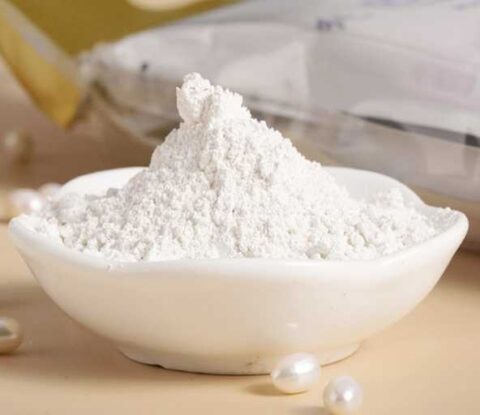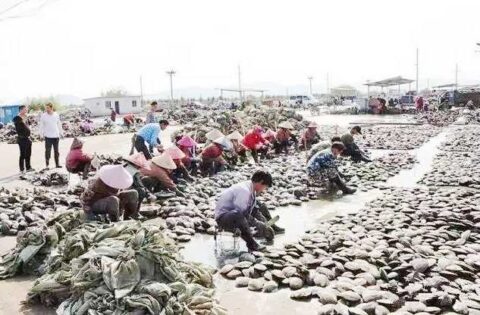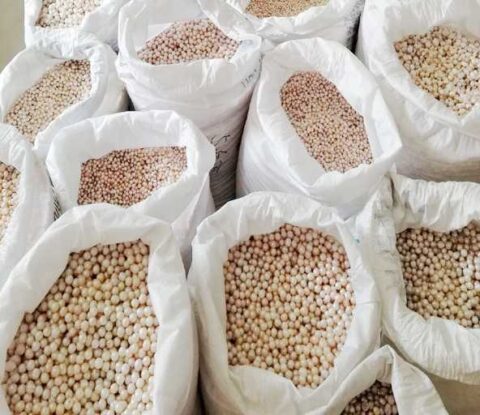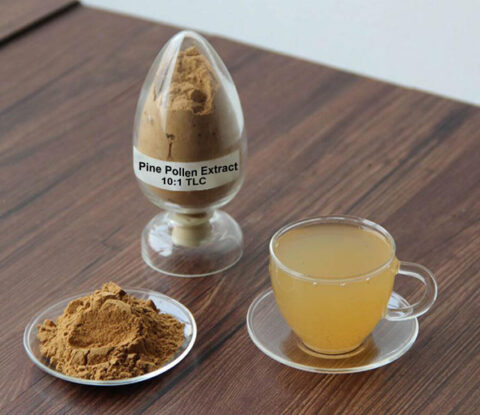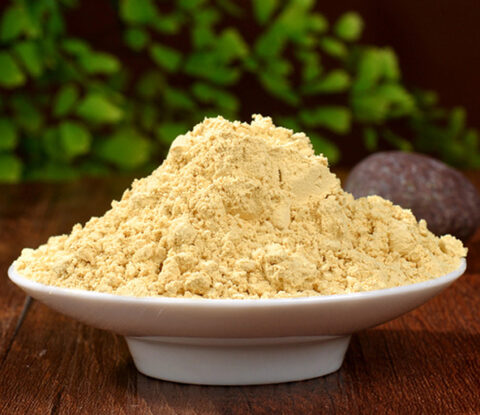
Hydrolyzed Pearl Powder, Water-soluble Pearl Powder, Pearl Extract Powder
Hydrolyzed pearl powder is an effective ingredient extracted from pearls through biochemical reactions, which is 100% soluble in water. It fully preserves the original content of pearls, converts insoluble substances in pearl components into soluble substances, and improves absorption rate.
Hydrolyzed Pearl Powder, Water-soluble Pearl Powder, Pearl Extract Powder
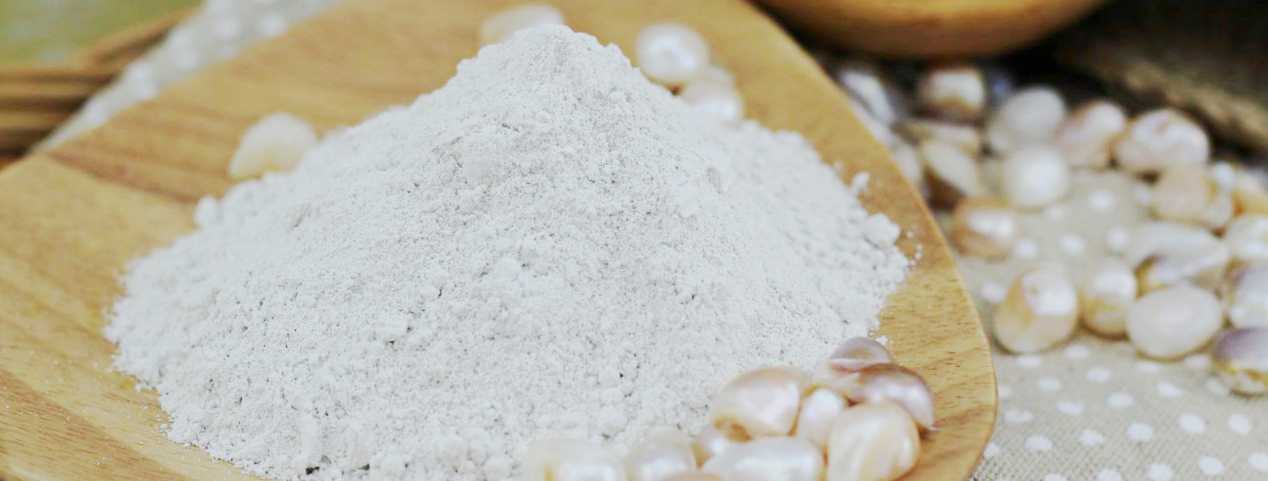
Source: Pearls from shellfish such as HYRIOPSIS CUMINGII (LEA), CRISTARIA PLICAST (LEACH), and PTERIA MARTENSII (DUNKER).
Specification: Protein content: ≥ 1.8%
Active calcium content: (calculated by Ca content) ≥ 10% (g/100g)
Moisture content: ≤ 5% (vacuum drying method)
PH value: 4.5-6.5 (5% aqueous solution)
Total Plate Count: 10000cfu/g Max
Salmonella: Negative
Yeast & Mold: 1000cfu/g Max
E.Coli: Negative
Lead: ≤ 1mg/kg
Mercury: ≤ 0.2mg/kg
Arsenic: ≤ 0.5mg/kg
Product characteristics: White or off white in color, with a special pearl like fishy smell.
Particle size: 200 mesh size
Main components: protein (hydrolyzed to obtain 18 types of amino acids, including raw amino acids), calcium carbonate with aragonite structure, over 20 trace elements, and vitamin B.
Main use: Used for health food, food and other products, mainly through oral conditioning to improve human function, effective for women’s facial dullness and pigmentation, and can also be used for calcium supplementation at all ages to enhance bone development.
Suggested dosage: 1-2 times a day, 0.3-0.6 grams each time, or consult your doctor.
Packaging: 1kg/bag is packaged in carton boxes or fiber drums, with double layered self-sealing bags inside or can be packaged according to customer needs.
Storage: This product should be sealed and kept away from light, and stored in a dry, cool, well ventilated place。
Shelf life: 24 months from the date of production.
Minimum order quantity: 1 kilogram.
Production lead time: About 3-5 working days after confirming receipt of payment.
Production Process of Hydrolyzed Pearl Powder/Water-soluble Pearl Powder:
Freshwater Pearls—Rough Crushing(40 mesh)—Fine Crushing(100 mesh)—Add deionized water, stir into a paste—Enzymolysis—Keep the temperature between 95℃and 100℃ for 24 hours—Stir continuously to make the solution fully react—Filtrate—Concentrate(80℃)—Extractum—Spray Dry(190℃,Feed flow 300ml/h)—Crush & Screen(200 mesh)—Pack &Warehouse—Physical & Chemical Inspection

Certificate of Analysis: 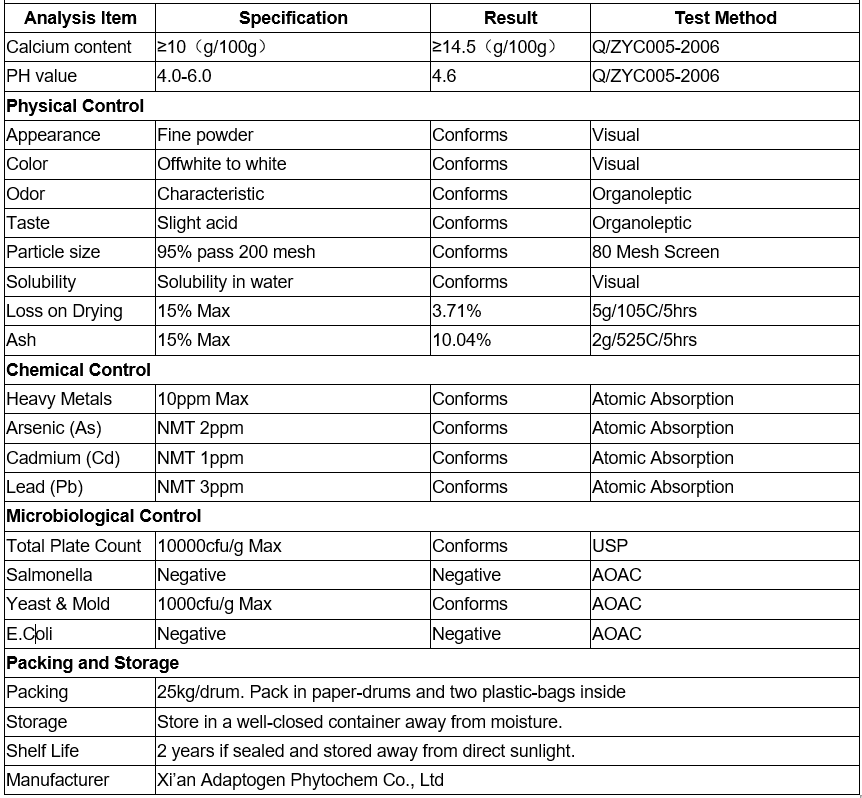
Seawater pearl powder or freshwater pearl powder?
As the name suggests, seawater pearl powder is made from cultured or wild pearls in seawater. Sea pearls are often used as jewelry because they have a very beautiful appearance. Natural wild sea pearls are very rare, and the sea pearls commonly seen are artificially cultivated (in natural environments). However, due to factors such as wind, waves, tides, depth, and temperature at sea, it is difficult to artificially raise seawater pearl oysters, and the breeding cost is also high. Moreover, seawater pearls are all nucleated pearls, and the core is made of shells. If this nucleated pearl is used as pearl powder, 90-95% of its content is composed of shells. Because the true thickness of the pearl layer is very thin, only 0.3-0.8 millimeters, and the cost of removing the core is extremely high, seawater pearls cannot be made into pearl powder. The so-called seawater pearl powder is made of shells and can also be called nacreous layer powder. Even the pearl powder made of this nucleated seawater pearl is extremely expensive.
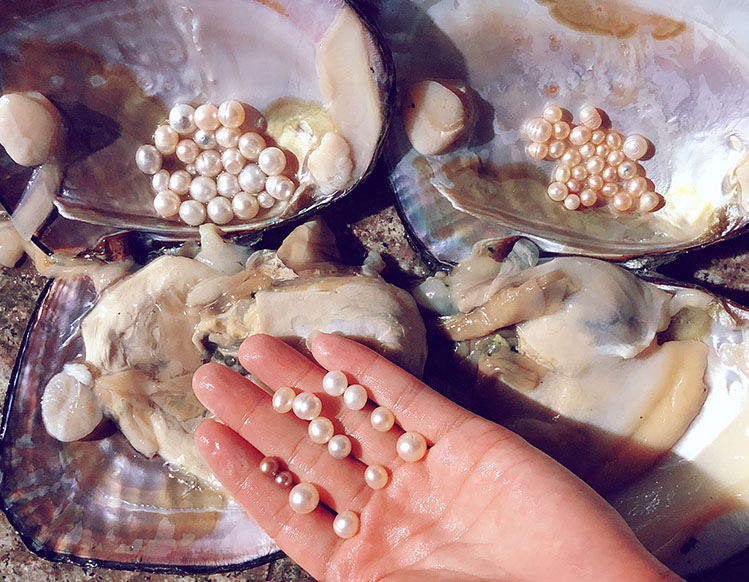
Freshwater pearl powder is made from artificially cultivated or wild pearls in freshwater from inland lakes. Natural and wild freshwater pearls are also very rare, so the freshwater pearls available on the market are all artificially cultivated (in natural environments). Due to the relative stability and ease of management of freshwater lakes, the breeding of freshwater pearl oysters is relatively easy and their growth rate is fast. Therefore, the cost of freshwater pearl breeding is low, and the price is much cheaper than that of seawater pearls. Moreover, freshwater pearls are all seedless pearls, and the purity of the resulting powder is very high, almost 100% purity. Therefore, freshwater pearls are high-quality raw materials for making pearl powder; Almost all pharmaceutical and cosmetics factories nationwide and even worldwide use freshwater pearls as raw materials to produce pearl powder.
Where are our freshwater pearls from?
Our pearl raw materials are from Shangxihu Town, Zhuji City, Zhejiang Province. Zhejiang Province is the main producer and sales hub of freshwater pearls in China. There are approximately 12000 freshwater pearl farmers in the province, with nearly 200000 employees engaged in breeding and processing. The production of pearls accounts for one-third of the national freshwater pearl production. Freshwater pearl breeding is mainly distributed in Jinhua, Hangzhou, Shaoxing, Quzhou and other areas, with Zhuji City in Shaoxing as the breeding center.
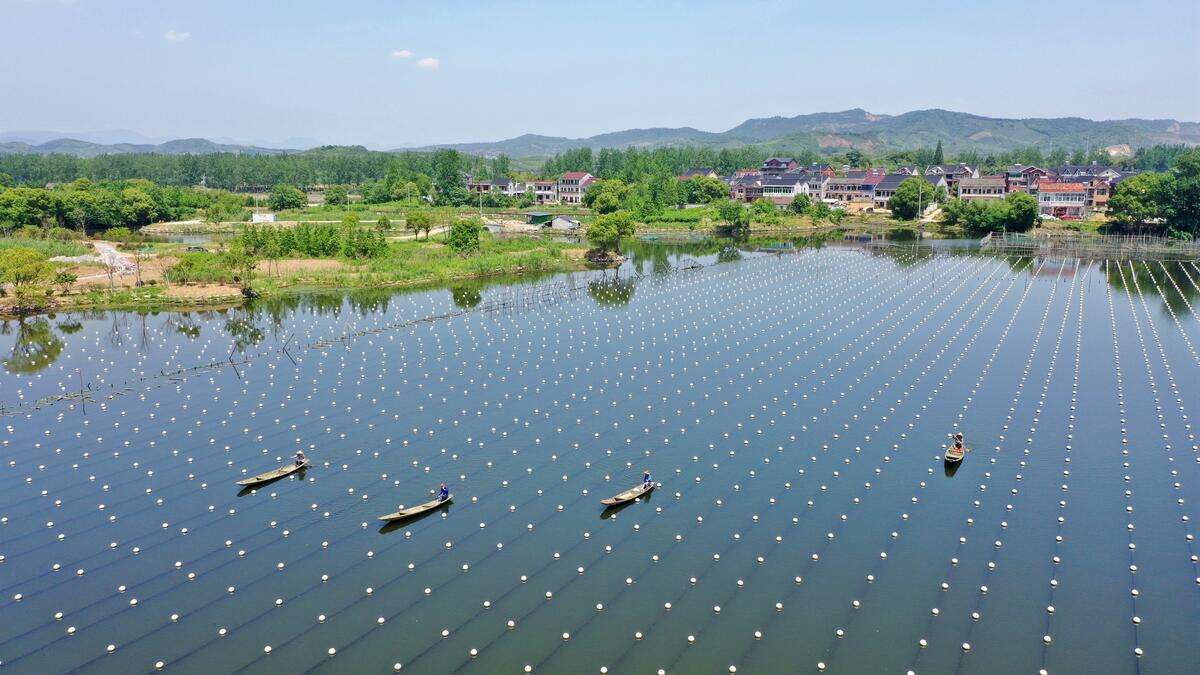
Zhuji City is located in the central part of Zhejiang Province, with a warm and humid climate, a subtropical monsoon climate, and abundant water resources. The Puyang River, a tributary of the Qiantang River, runs through the south and enters the Qiantang River from Xiaoshan, making it very suitable for the development of freshwater pearl farming. In Zhuji, the cultivation of freshwater pearls using scientific artificial pearl cultivation techniques began in the 1970s. After more than 10 years of exploration and development, a pearl breeding base centered around Shanxiahu Town was initially formed, and the initial pearl market was established in early 1985. Nowadays, Zhuji City has established the fifth generation professional pearl market. After decades of development, Zhuji has become the largest center for freshwater pearl farming, processing, and sales in China. The pearl breeding industry in Zhuji has embarked on the path of large-scale, intensive, and specialized production.
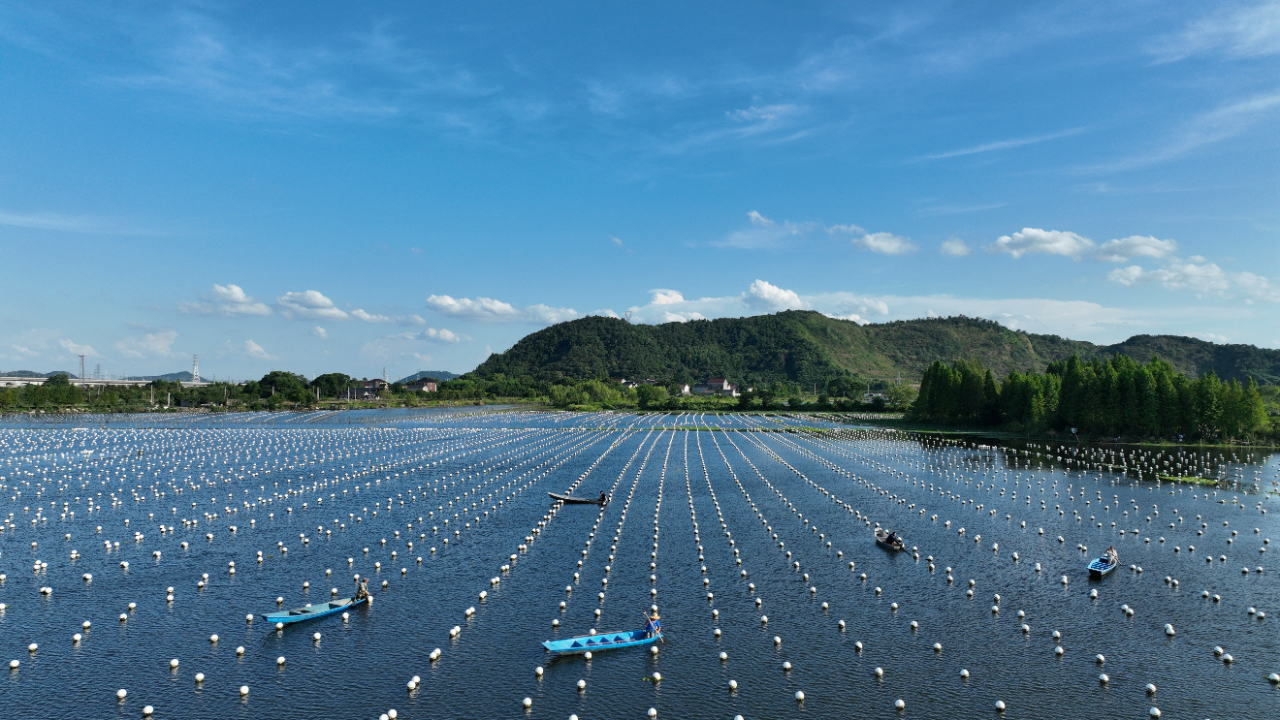
Public data shows that the trading volume of freshwater pearls in Zhuji City, Zhejiang Province accounts for 73% of the global total and 80% of the national total. And Zhuji’s pearl industry is concentrated in Shanxia Lake, which covers an area of less than 43 square kilometers and has a permanent population of over 30000 people. The town is truly the “Pearl Capital of China”. The base adopts advanced suspended automatic lifting and hanging equipment, which is remotely controlled by a computer to achieve precise drip irrigation feeding with timed and quantitative feeding. This intelligent targeted feeding technology not only improves breeding efficiency, but also solves the problem of water pollution from the root, achieving a win-win situation for pearl breeding and water purification. The area of Shanxiahu Town is only more than 40 square kilometers, and its registered residence population is less than 30000. However, there are more than 9000 enterprises engaged in pearl breeding, processing, wholesale and retail, with more than 20000 employees. This massive industrial scale makes the pearl industry in the town hold a pivotal position in both domestic and international markets.
What is hydrolyzed pearl powder? Why can pearl powder dissolve in water?
Hydrolyzed/Water soluble pearl powder is generally treated with acid (mostly lactic acid) or enzymes to turn insoluble CAC03 into soluble calcium lactate, generating soluble salts such as calcium salts, strontium salts, magnesium salts, etc. In addition to high calcium content, it can also generate lactic acid iron ammonium lactate, potassium lactate, sodium lactate, bismuth lactate, manganese lactate, etc. However, some of its amino acid types are more or less hydrolyzed by acid, and its amino acid content is not as high as that of nanoscale pearl powder. However, the absorption rate of various trace elements such as P, FE, IN, MN, CA, SE, GE, CU, V, etc. in nanoscale pearl powder is not as high as that of soluble pearl powder, as all trace elements in soluble pearl powder are in ionic form and easy for the human body to absorb. Both water-soluble pearl powder and nano pearl powder have their own advantages and disadvantages. The amino acid content of water-soluble pearl powder is not as high as that of nano pearl powder, and the full absorption of various trace elements also has a good nutritional effect on the skin; The original amino acid components in the pearls in nano pearl powder have not been destroyed, but the absorption rate of other trace elements is low, which is superior to water-soluble pearl powder in terms of external efficacy. We can choose the appropriate type according to our own needs.
Identification of Real and Fake Pearl Powder
There are many methods online for identifying the authenticity of pearl powder, some say you can wipe your hands to see if there are any shining spots, some say you can smell if there is a burnt smell, and so on. However, from a professional perspective, most of the methods listed online are not reliable. There are only two most professional methods:
- Measure the protein content of pearl powder. Shell powder has a protein content of approximately 1.0-1.5%, while pearl powder(except water soluble pearl powder) has a protein content of 1.8-2.2%, making it possible to accurately detect authenticity.
- Infrared spectroscopy analysis method can accurately determine whether it is genuine pearl powder by comparing the standard pearl powder spectrum with the infrared spectrum of the reference sample.
